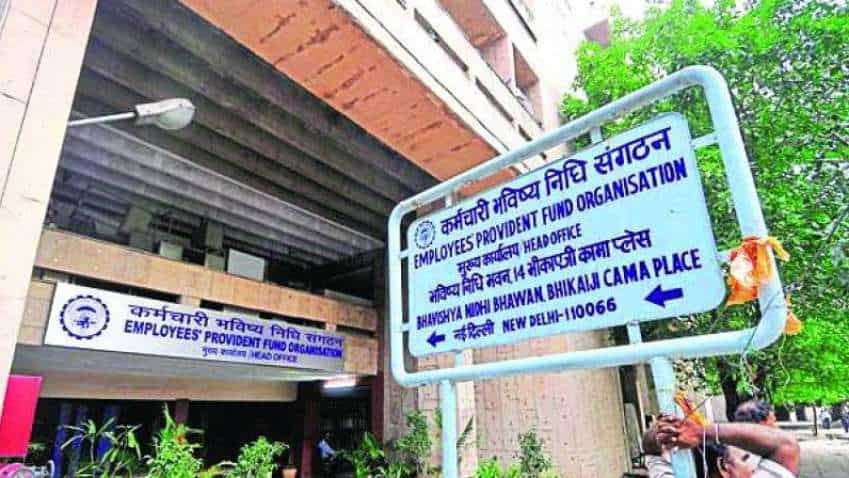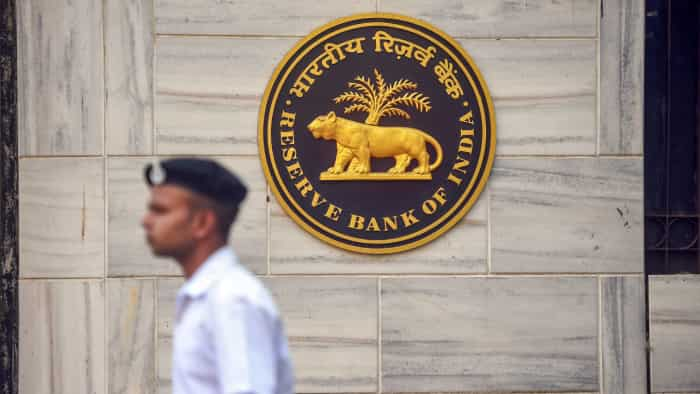EPFO taxability: know who is liable to pay taxes on interest income and how much?
High income earners with contributions of over Rs 2.5 lakh per year towards their Employees’ Provident Fund (EPF) are liable to pay taxes on interest incomes if contributions are made over this amount

High income earners with contributions of over Rs 2.5 lakh per year towards their Employees’ Provident Fund (EPF) are liable to pay taxes on interest incomes if contributions are made over this amount. The government in Union Budget 2021 announced that it will reduce tax benefits for high income earners who benefit from the EEE scheme.
EEE or Exempt-Exempt-Exempt tax category allows all investments falling under this category completely tax free. The EEE grouped investments are governed by different sections of the Income Tax Act of 1961.
The most popular sections under which a person qualifies to stake a claim on tax exemptions include Section 80B, Section 80C, Section 80D, Section 80DD, Section 80E, , Section 80EE, Section 80GG.
The high income earner can claim exemptions on contributions of up to Rs 5 lakh towards their EPF, if there is no employer contribution.
Central Board of Direct Taxes (CBDT) inserted rule 9 of Income Tax Rules, 1962 in FY2021-22 to ensure smooth implementation of this announcement.
See Zee Business Live TV Streaming Below:
How Taxation System Works:
Jitendra Solanki, an expert on Personal Finance matters said that as per this rule, the EPFO subscriber with contributions over Rs 2.5 lakh in a financial year will have two EPF or PF accounts where PF contribution up to Rs 2.50 lakh will be stored in one account will the amount above Rs 2.5 lakh will be stored in the other.
So, interest earned in EPF/PF-1 account will be exempted from any tax liability, Solanki said adding that interest earned in PF/EPF-2 account will only be the taxable component. This means that excess contribution from the employee will be taxed.
He said that there is no tax liability on employer’s contribution, he further said.
See Zee Business Live TV Streaming Below:
For e.g. If an employee is contributing Rs 2.6 lakh in a financial year and an equal amount is being contributed by an employer, then Rs 2.5 lakh is deposited in PF account 1 while Rs 10000 is deposited in PF account 2. The interest income from Rs 10000 will only be liable for taxation.
For government employees, the exemption limit on contribution is up to Rs 5 lakh. In this case also, two separate accounts exist.
The excess contributions and interest accrued on it will be maintained in a separate account with the Employees’ Provident Fund Organisation (EPFO).
Employer's contribution to PF, National Pension System (NPS) and superannuation, aggregating up to Rs 7.5 lakh, a year, is exempt from taxes.
Get Latest Business News, Stock Market Updates and Videos; Check your tax outgo through Income Tax Calculator and save money through our Personal Finance coverage. Check Business Breaking News Live on Zee Business Twitter and Facebook. Subscribe on YouTube.
RECOMMENDED STORIES

RBI Rule: New system for online money transfers to be implemented from April 1, 2025; here's all you need to know

Latest SBI Senior Citizens FD Rates: What will you get on maturity if you invest Rs 9,89,898, Rs 8,78,787, and Rs 6,56,565 in Amrit Vrishti, 1-, 3-, and 5-year FDs?
04:06 PM IST









 EPFO rolls out centralised pension system in all regional offices; 68 lakh pensioners to benefit
EPFO rolls out centralised pension system in all regional offices; 68 lakh pensioners to benefit EPFO, ESIC subscribers may soon use claim amounts via e-wallets: Labour Secretary
EPFO, ESIC subscribers may soon use claim amounts via e-wallets: Labour Secretary EPFO extends deadline for employers to upload pending pension applications until January 31, 2025
EPFO extends deadline for employers to upload pending pension applications until January 31, 2025 EPFO Board approves key reforms: Auto-claim limit increased to Rs 1 lakh, pension disbursement streamlined & other decisions
EPFO Board approves key reforms: Auto-claim limit increased to Rs 1 lakh, pension disbursement streamlined & other decisions Domestic youth unemployment lower than global levels: Labour Ministry
Domestic youth unemployment lower than global levels: Labour Ministry